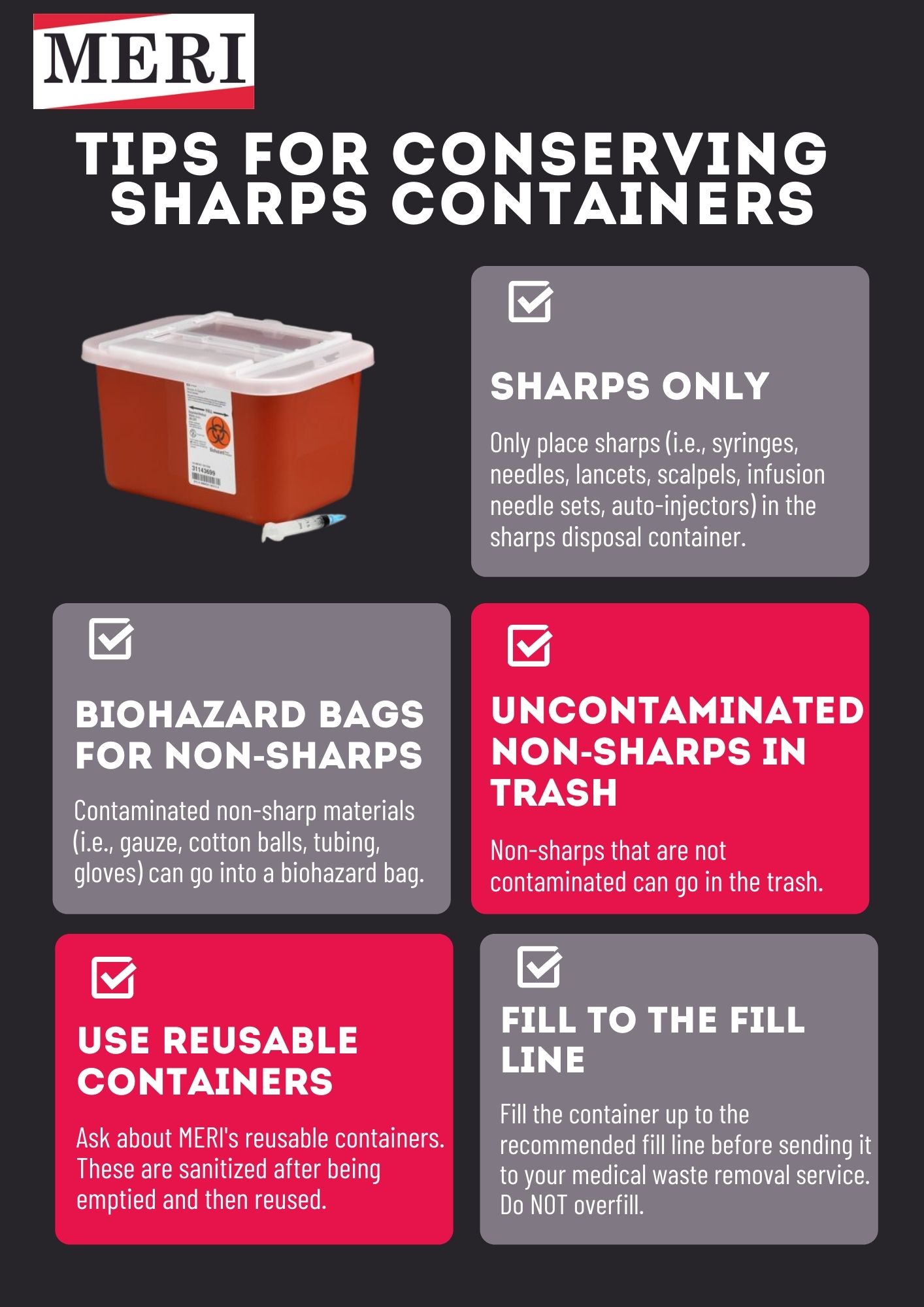Medical Waste Removal Quality: Your Relied On Companion in Safe Biohazard Disposal
Checking Out Different Garbage Disposal Options for a Cleanser Environment
In the pursuit of a cleaner setting, the management of waste disposal has arised as a crucial focal factor for sustainable development. With a plethora of waste disposal choices offered, ranging from traditional land fill approaches to ingenious waste-to-energy innovations, the option of exactly how we handle our waste has far-reaching effects for our world's health.
Recycling Approaches
Executing reliable recycling techniques is essential in reducing waste and promoting sustainability in our setting. Reusing includes the process of converting waste products into recyclable challenge avoid unneeded disposal. One of one of the most usual recycling techniques is material recuperation, where materials like paper, steel, plastic, and glass are collected, arranged, and refined to create new products. This procedure not only saves natural sources however likewise minimizes energy usage and greenhouse gas discharges related to generating brand-new products from the ground up.
An additional essential recycling technique is composting, which entails disintegrating natural waste like food scraps and lawn trimmings right into nutrient-rich soil. By incorporating these different reusing methods into our waste monitoring practices, we can dramatically decrease our ecological impact and relocate towards a much more sustainable future.

Composting Techniques
Efficient waste management techniques, such as reusing approaches, lead the way for a cleaner environment, and currently, moving the focus to 'Composting Techniques', we explore sustainable ways to decompose organic waste for environmental advantage. medical waste removal near me.
Composting is an all-natural process that transforms natural waste, like food scraps and yard trimmings, right into a nutrient-rich soil amendment. The trick to successful composting hinges on creating the best equilibrium of green materials, such as fruit and vegetable scraps, and brownish products, like dried out twigs and leaves. These products disintegrate with the aid of microorganisms, breaking down the waste right into valuable compost.
There are numerous composting strategies available to match various needs. Traditional backyard composting involves layering natural products in a container or heap and on a regular basis transforming the mixture to aerate it. Vermicomposting, on the other hand, utilizes worms to break down raw material into compost (click here). For those with restricted space, indoor composting systems give a practical remedy. By making use of composting methods, we can reduce the quantity of waste sent to landfills while creating a helpful item for enhancing soil and supporting plant development.
Incineration Cons and pros
Incineration, as a waste disposal method, presents both advantages and disadvantages that merit mindful factor to consider in the world of lasting waste administration techniques. On the silver lining, incineration can dramatically reduce the volume of waste, decreasing the requirement for land fill space and potentially lowering greenhouse gas exhausts. Incineration likewise allows for the recovery of energy with the generation of electrical energy or warm, adding to source healing. Moreover, the procedure can be utilized to ruin hazardous materials, providing a secure technique for dealing with particular kinds of waste that may present dangers to public health and the environment if left neglected.
However, there are notable downsides to incineration. One significant issue is the possible release of damaging contaminants into the air, such as dioxins, heavy steels, and particle issue, which can have adverse impacts on human wellness and the environment. Additionally, the high preliminary financial investment and operational costs of incineration centers present economic challenges, making it a less cost-effective choice compared to various other waste management techniques. Careful monitoring and guideline are necessary to minimize these adverse impacts and make best use of the advantages of incineration as part of a thorough waste administration strategy.
Landfill Monitoring Approaches
Garbage dumps play an essential function in waste monitoring and environmental preservation by offering a control system for the disposal of solid waste materials. Effective landfill management approaches are essential to mitigate ecological impacts and ensure the long-term sustainability of these waste disposal sites. One essential method appertains why not check here waste compaction to take full advantage of the usage of available space within the landfill (click here). By compacting the waste, the volume is reduced, permitting even more waste to be accommodated with time.
Additionally, the application of everyday cover techniques is vital in lessening smells, stopping litter, and decreasing the destination of insects. Covering the disposed waste at the end of every day aids to include odors and stop possible ecological contamination. Additionally, the tracking of landfill gas exhausts and leachate levels is essential in ensuring that ecological criteria are satisfied and that any type of potential dangers to surrounding ecological communities are lessened.

Waste-to-Energy Technologies
One of the innovative techniques to lose administration includes using Waste-to-Energy innovations to convert strong waste right into usable power sources. Waste-to-Energy (WtE) modern technologies encompass a variety of procedures that intend to extract power from waste materials with thermal, chemical, or organic methods. This conversion procedure not only decreases the quantity of waste that winds up in land fills but likewise generates important energy resources such as electrical energy, warm, or biofuels.
There are a number of methods of Waste-to-Energy conversion, consisting of gasification, incineration, and pyrolysis. Incineration involves shedding waste at high temperatures to generate heat and electrical power. Gasification converts waste into a syngas, which can be utilized for power generation or chemical manufacturing. Pyrolysis breaks down natural products utilizing high temperature levels in the lack of oxygen, generating char, gas, and bio-oil.
Carrying out Waste-to-Energy technologies can help mitigate ecological issues related to standard waste disposal approaches while at the same time providing a renewable resource source. Mindful factor to consider should be given to exhausts control and making certain the sustainability of feedstock products for these innovations to be absolutely useful for a cleaner setting.

Conclusion
In final thought, checking out numerous garbage disposal alternatives such as recycling, composting, incineration, landfill monitoring, and waste-to-energy innovations is essential for advertising a cleaner atmosphere - click here. Each method has its own benefits and obstacles, however by utilizing a combination of these approaches, we can function in the direction of lowering the amount of waste that finishes up in garbage dumps and ultimately add to an extra lasting future for generations to find
With a wide variety of waste disposal choices readily available, ranging from standard landfill techniques to cutting-edge waste-to-energy innovations, the selection of how we manage our waste has far-ranging effects for our planet's well-being. medical waste removal.Incineration, as a waste disposal technique, provides both benefits and drawbacks that merit cautious factor to consider in the world of lasting waste monitoring techniques.Landfills play an important function in waste administration and environmental conservation by supplying a containment system for the disposal of strong waste products. By compacting the waste, the volume is decreased, enabling for even more waste to be suited over time
One of the cutting-edge methods to squander administration entails harnessing Waste-to-Energy technologies to transform solid waste right into functional energy sources.